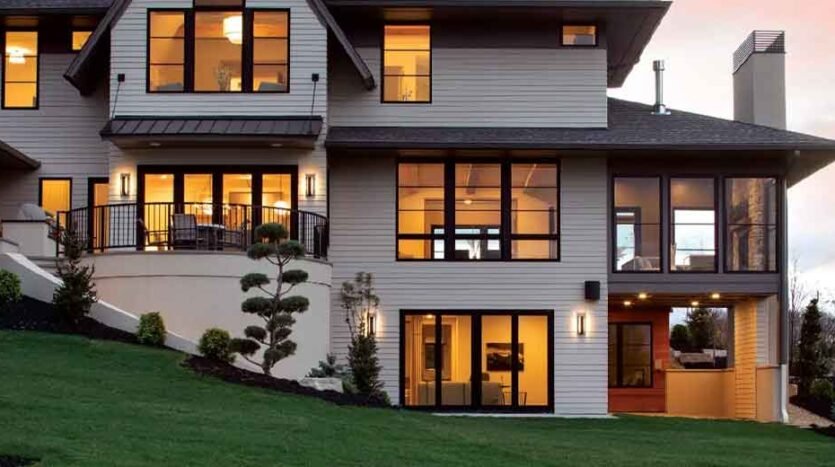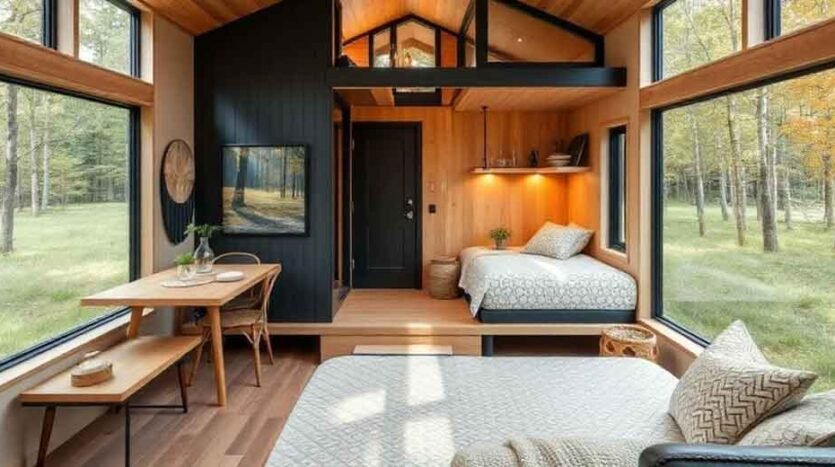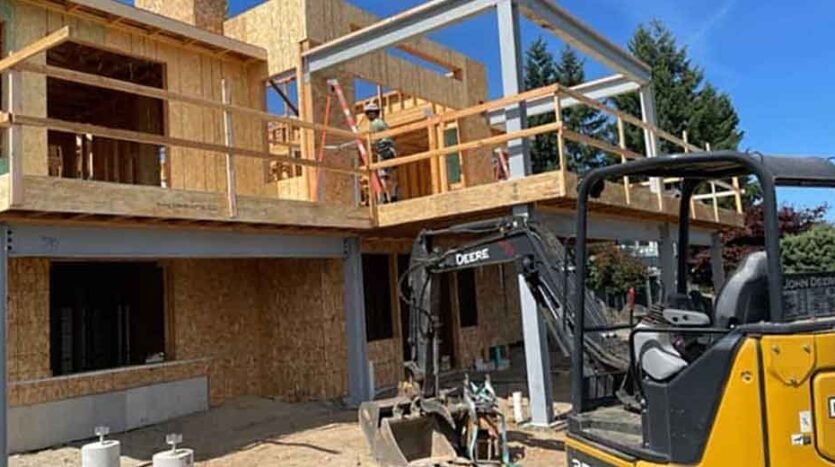Remodeling for Your Local Real Estate Market: What’s Hot in Your Area?
Strategic home improvements can boost your property’s appeal, but successful renovations depend on understanding your local market. Buyer priorities vary by location, so focusing on upgrades that align with their preferences is key. This guide helps you identify which renovations add value based on your area’s real estate trends.
What’s Trending in Home Remodeling Right Now
National remodeling trends provide a helpful starting point for understanding buyer preferences. These widespread movements often reflect broader lifestyle shifts that influence how people want to live in their homes.
Open floor plans continue to dominate, particularly in family-oriented markets. Homebuyers consistently favor layouts that create flow between kitchen, dining, and living areas. This trend has staying power because it supports both entertaining and family life.
Kitchen islands have become essential in most markets. They provide additional prep space, storage, and casual dining options that appeal to busy families and home entertainers alike. Modern buyers often see kitchens without islands as outdated.
Primary suite upgrades rank high on buyer wish lists nationwide. Walk-in closets, spa-like bathrooms, and private retreats have moved from luxury features to expected amenities in many price ranges.
Smart home technology integration is rapidly becoming standard. Buyers expect programmable thermostats, security systems, and automated lighting controls. These features appeal to tech-savvy buyers across age groups.
Outdoor living spaces have gained tremendous popularity, especially following recent lifestyle changes. Decks, patios, and outdoor kitchens extend usable living space and create additional entertainment options.
Understanding Your Local Market Dynamics
While national trends provide direction, local market analysis reveals what actually drives sales in your area. Each region has unique characteristics that influence buyer preferences and property values.
Climate significantly impacts renovation priorities. Warmer regions prioritize outdoor entertaining spaces, energy-efficient cooling systems, and drought-resistant landscaping. Colder climates value efficient heating systems, proper insulation, and indoor entertainment areas.
Demographics shape renovation preferences. Areas with young families prioritize open layouts, mudrooms, and playroom spaces. Retirement communities value single-level living, accessible bathrooms, and low-maintenance features. Urban professionals often want home offices and modern finishes.
Local architectural styles influence which renovations feel appropriate. Mid-century modern neighborhoods might embrace sleek, minimalist updates, while traditional areas could favor classic materials and timeless designs. Kitchen remodelings like those in Kaysville often blend contemporary functionality with neighborhood character.
Price point expectations vary dramatically by location. Luxury markets might expect high-end appliances and custom millwork as standard, while starter home markets focus on clean, functional updates that offer maximum impact per dollar spent.
Regional building codes and regulations also affect renovation possibilities. Coastal areas might require specific materials or elevation standards. Historic districts often have strict guidelines about exterior changes and material choices.
Local Expert Insights: What Professionals Are Seeing
Real estate professionals and contractors working in your area offer invaluable insight into what buyers actually want versus what homeowners think they want.
Real estate agents consistently report that certain upgrades generate immediate interest during showings. Updated kitchens and bathrooms top the list, but agents also note that buyers respond strongly to fresh paint, new flooring, and improved lighting throughout the home.
Local contractors understand which materials and design choices work best in your climate and architectural context. They can recommend upgrades that offer durability and appeal to local buyers while working within typical budget constraints.
Appraisers provide crucial perspective on which improvements actually increase home values in your market. Not all renovations offer positive returns, and some expensive upgrades might not be justified by local market conditions.
Home inspectors see which systems and features cause problems during sales. Their insights can help you prioritize renovations that eliminate common buyer concerns and negotiation points.
Many professionals recommend focusing on improvements that solve common problems in your area’s housing stock. If most homes lack adequate storage, adding built-ins could set your property apart. If poor lighting is typical, upgrading fixtures throughout the home might offer significant advantages.
Smart Budgeting for Maximum Market Impact
Effective renovation budgeting requires balancing your investment with realistic expectations about returns. Different projects offer varying levels of value recovery depending on your local market conditions.
Kitchen renovations typically offer the highest returns, but the scope matters significantly. Minor updates like painting cabinets, upgrading hardware, and installing new countertops might recover 70-80% of costs. Major overhauls with custom cabinets and high-end appliances often recover less, particularly in moderate price ranges.
Bathroom improvements also offer solid returns, especially when they address functionality issues. Adding a second bathroom or converting a half-bath to a full bathroom can significantly increase home appeal in family markets.
Flooring upgrades throughout the home create immediate visual impact at reasonable costs. Replacing carpet with hardwood or luxury vinyl plank flooring appeals to most buyers and often recovers 60-70% of investment.
Exterior improvements like new roofing, siding, or windows offer excellent returns in many markets. These upgrades improve curb appeal while addressing practical concerns that buyers worry about.
Consider the 80/20 rule when planning renovations: focus 80% of your budget on improvements that appeal to the broadest range of buyers, saving 20% for unique touches that help your home stand out.
Timing your renovations strategically can also maximize impact. Completing projects during slower real estate seasons allows contractors more flexibility and potentially better pricing. Planning ahead also ensures projects finish before peak selling seasons.
Planning Your Renovation Strategy
Successful remodeling requires careful planning that considers both immediate needs and future marketability. Start by honestly assessing your home’s current condition and potential.
Prioritize structural and mechanical systems first. Buyers worry about major expenses, so addressing roof issues, HVAC problems, or electrical concerns should take precedence over cosmetic updates.
Focus on improvements that solve multiple problems. Opening up a kitchen might improve flow while creating more storage and increasing natural light. Finishing a basement could add living space while providing additional storage.
Consider the whole-house experience. Buyers notice when renovations feel cohesive versus piecemeal. Consistent flooring, complementary color palettes, and unified design elements create stronger impressions than isolated room updates.
Research permits and regulations early. Some improvements require permits or face restrictions that could delay projects or increase costs. Understanding requirements upfront prevents surprises and ensures work meets local standards.
Get multiple quotes for major projects and check contractor references carefully. Quality work costs more upfront but protects your investment and prevents problems that could derail future sales.
Conclusion
Remodel wisely by balancing personal style with buyer appeal. Research, consult experts, and focus on upgrades that improve daily life while boosting resale value.






